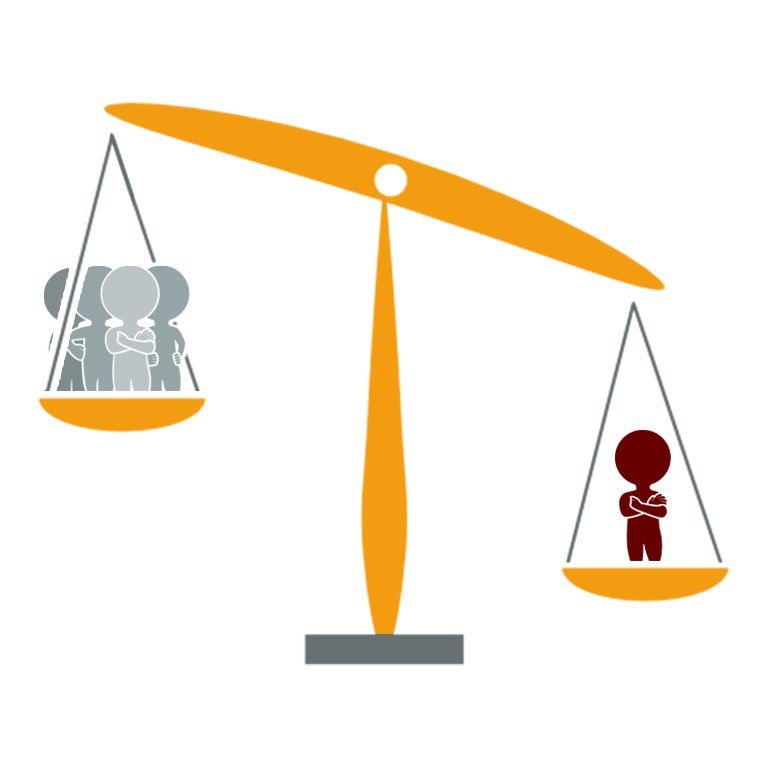There’s a fabulous article in the 8/18/2020 edition of sfcv.org by Jim Farber that takes a detailed look at how live classical music is returning by way of Hollywood studio work.
What’s really fascinating is Farber’s juxtaposition between that sector and traditional nonprofit orchestra groups. For example, Faber interviewed LA studio musician heavyweight Marc Sazer (a name long time Adaptistration readers have seen before) to learn more about what that industry has been doing to get the gears grinding again. Sazer filled him in on the scope of activity.
For months, a consortium of studio and orchestra administrators, local unions, government officials, and infectious disease specialists had worked to establish a set of protocols that could establish a safe environment for musicians to perform in…Ten pages in length and exceedingly detailed, the Reopening Protocol for Music, Television and Film Production: Appendix J went into effect on June 12, with modifications being added well into July.”
This jives with some messages I remember receiving from studio musicians in April and May. One was a photo sent by text of the small mountain of paperwork the musician had to review and return before returning to work.
Another one asked if I was interested in seeing some of the documents (spoiler: I was). Several emails later, they managed to get all of the attachments through.
At the time, I didn’t give this a second thought as it wasn’t surprising to see the studios behind major motion pictures put this sort of energy into getting things done.
Skipping ahead in Farber’s post, this quote from Los Angeles Chamber Orchestra executive director, Ben Cadwallader, does a great job summing up the disconnect between that sector and the nonprofit orchestra field.
“We had originally planned for six free livestreamed summer concerts,” Cadwallader explained. “The plan was to start those concerts in mid-June. We followed all our regular hiring practices. We drafted safety protocols based on the CDC’s guidelines. We had all our ducks in a row. Then, as an afterthought, we said to the union’s orchestra committee how excited we were about these programs and what we were planning. We quickly realized we had gotten way ahead of ourselves, that the union was working with the studios on an agreed upon set of safety protocols. We had to slam on the brakes. Had we known those conversations were going on, we would have waited. Ultimately, once the studios and the union came to an agreement, we laid our procedures over theirs. But that experience represented the extent to which we are all doing our best to operate in an entirely new world.”
If nothing else, I’m hoping the pandemic will help begin bridging these disconnects. To that end, musicians are best situated to get that cross talk going and to begin looping in admin stakeholders. Let’s hope those bridges aren’t temporary.


